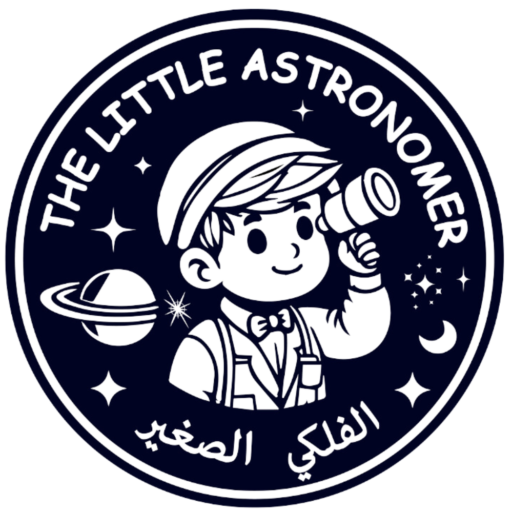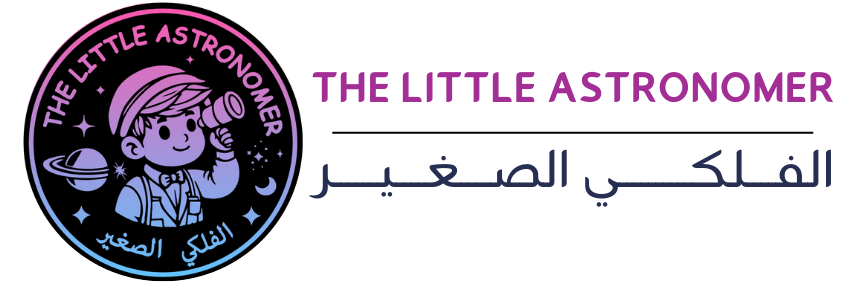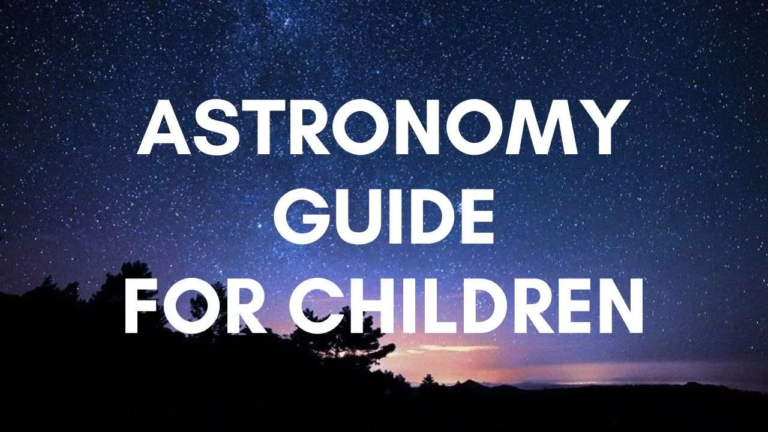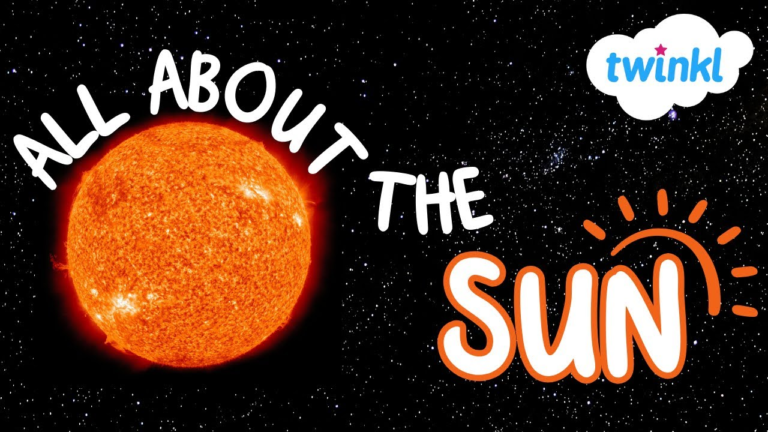
Astronomy, the study of stars, planets, and the vast universe, has captivated human imagination for centuries. But behind every discovery and telescope observation are the inspiring stories of astronomers who have dedicated their lives to exploring the cosmos. This section introduces young readers to the remarkable journeys of these scientists, highlighting how their curiosity and perseverance have led to groundbreaking discoveries that continue to shape our understanding of space.

The Importance of Role Models in Astronomy
Inspiring young minds is key to sparking an interest in science, and astronomers serve as excellent role models. These professionals show that curiosity, creativity, and a passion for discovery can turn dreams of exploring the stars into a reality. Research suggests that young students are more likely to pursue careers in STEM fields (Science, Technology, Engineering, and Mathematics) when they have relatable role models (Lockwood et al., 2021). By learning about the personal journeys of astronomers, kids can see how perseverance, problem-solving, and teamwork are essential to scientific progress.
Famous Astronomers and Their Contributions
- Galileo Galilei (1564–1642)

Often called the “father of modern astronomy,” Galileo’s work revolutionized our understanding of the universe. Using his handmade telescope, Galileo made astonishing discoveries, including the moons of Jupiter and the phases of Venus. His observations supported the heliocentric model proposed by Copernicus, which argued that the Earth revolves around the Sun. - Carl Sagan (1934–1996)
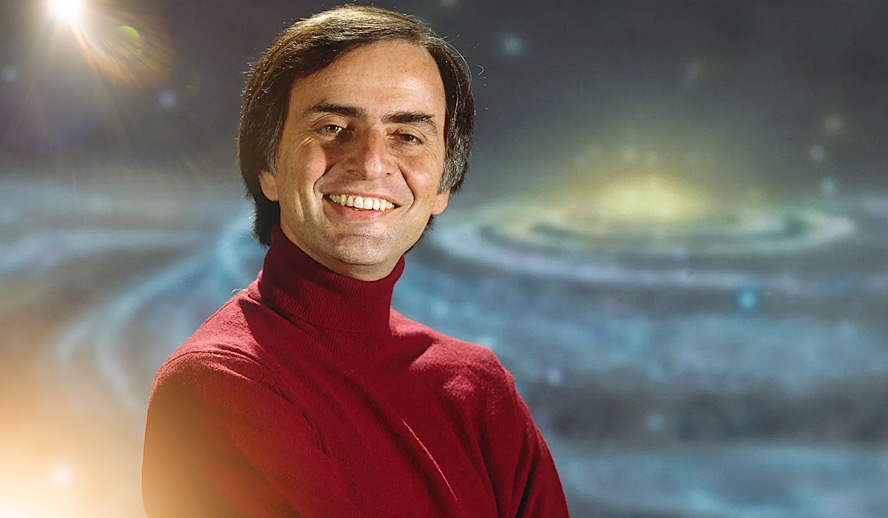
A well-known astronomer and science communicator, Carl Sagan inspired millions of people with his ability to explain complex topics in an engaging and understandable way. His books, such as Cosmos, and his work on the Voyager spacecraft helped popularize science, making it accessible to all ages. Sagan’s passion for space exploration continues to resonate today, especially through NASA’s ongoing projects. - Mae Jemison (1956–Present)

Dr. Mae Jemison made history as the first African American woman to travel to space aboard the Space Shuttle Endeavour in 1992. Jemison’s story is one of breaking barriers and encouraging kids, especially young girls, to follow their dreams in science and space exploration. Her inspiring journey demonstrates how diversity in science leads to new perspectives and discoveries. - Neil deGrasse Tyson (1958–Present)

Neil deGrasse Tyson is a modern-day astrophysicist and science communicator who is beloved by audiences worldwide. Through his books, TV appearances, and social media presence, Tyson has brought the mysteries of the universe into homes and classrooms. He is an advocate for making science education accessible and exciting for young people everywhere.
Current Research in Astronomy
The field of astronomy is constantly evolving. From the search for exoplanets to investigating the mysteries of black holes, new discoveries are made daily. One exciting area of research involves studying astrobiology—the search for life beyond Earth. The discovery of extremophiles (organisms that can survive in extreme conditions) on Earth has raised the possibility of life existing in similar environments on other planets (McKay, 2021). Astronomers are also using powerful telescopes, like the James Webb Space Telescope, to explore the farthest reaches of the universe, searching for clues about the origin of galaxies, stars, and even the building blocks of life itself.
Inspiring Kids to Explore Astronomy
While the stories of famous astronomers are important, every child can find their own inspiration by looking up at the night sky. Whether through stargazing with a telescope or exploring virtual space missions, there are endless ways for kids to engage with the cosmos. Local observatories, science centers, and even astronomy clubs offer opportunities for kids to learn, experiment, and ask big questions about the universe.
Astronomy also encourages creativity. Imagine what might exist beyond the known planets. Could there be life on other worlds? What does a black hole really look like? These questions spark imagination and critical thinking, essential skills for young minds.
In conclusion, the stories of astronomers offer young readers the encouragement they need to reach for the stars. By seeing the path that astronomers have taken—filled with challenges, breakthroughs, and moments of awe—children can learn that they, too, can contribute to our understanding of the universe. Whether it’s discovering new planets or simply dreaming about space exploration, the possibilities are infinite.

